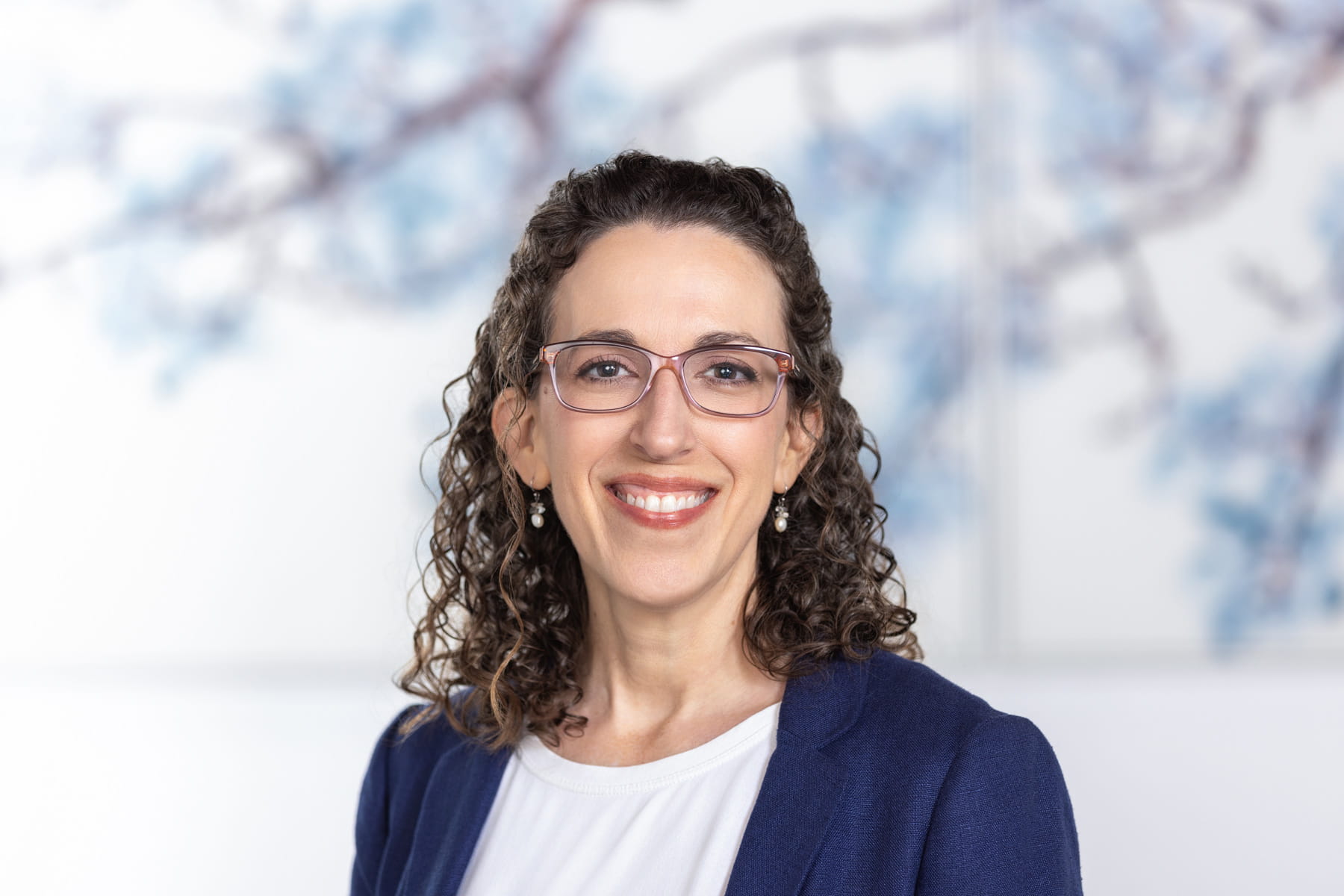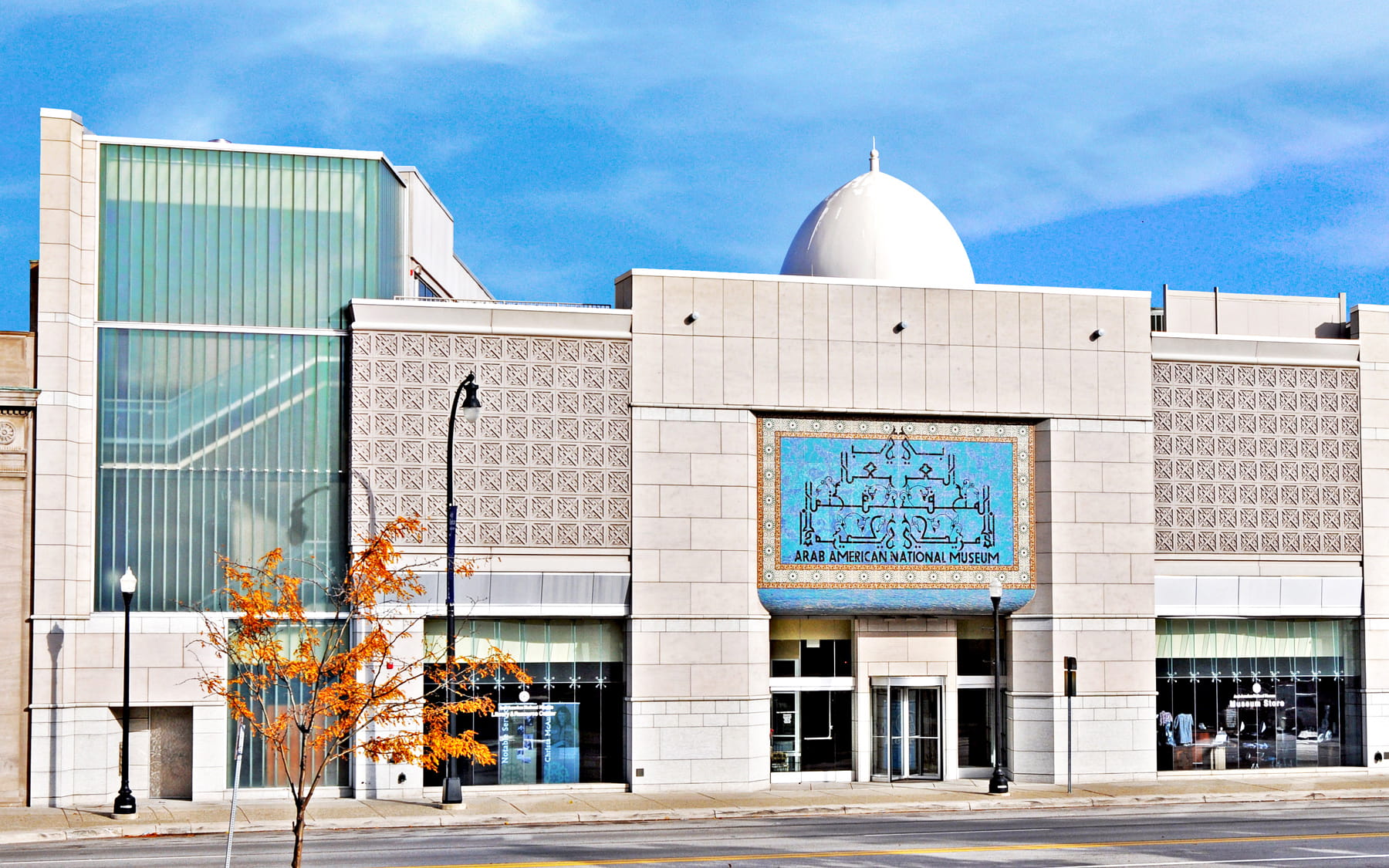
‘Home’: Arab American National Museum Celebrates 20th Anniversary
Arab American National Museum Director Diana Abouali says the facility—which is marking its 20th anniversary in 2025—in Dearborn, Michigan, has aimed to create a home for Arab Americans by preserving and presenting the history, culture and contributions of Arab immigrants as well as their native-born children and grandchildren.
People everywhere tend to agree that home—whether referring to a house or the city or country where one is born—ideally offers comfort and belonging. The word also suggests personal agency: No matter how far your travels or travails take you, home is where you make it.
The Arab American National Museum in Dearborn, Michigan, has aimed to create a home for Arab Americans by preserving and presenting the history, culture and contributions of Arab immigrants, from those who adopted the United States as their home in the late-19th century to their native-born children and grandchildren today.
The AANM’s permanent galleries explore historical, artistic and scientific achievements of the Arab world and present original exhibitions, including oral histories, about Arab immigration to and life in the US. Additionally, the museum offers artist-in-residence programs, art exhibitions, film screenings and other events that serve visitors from around the world and its hometown of Dearborn, which boasts the highest percentage—55%—of Arab American residents in the US, according to census data. The museum is commemorating its 20th anniversary in 2025 under the theme Al bayt baytak, Arabic for “This home is your home.”
Its director, Diana Abouali, has lived a similar immigrant experience. Born in Canada to Palestinian parents, she grew up in Kuwait. In the US she graduated from Wellesley College and Harvard University before teaching at Dartmouth College. She left academia to work at museums and elsewhere in the cultural heritage field in the West Bank and Jordan before taking the helm of the AANM in 2019.
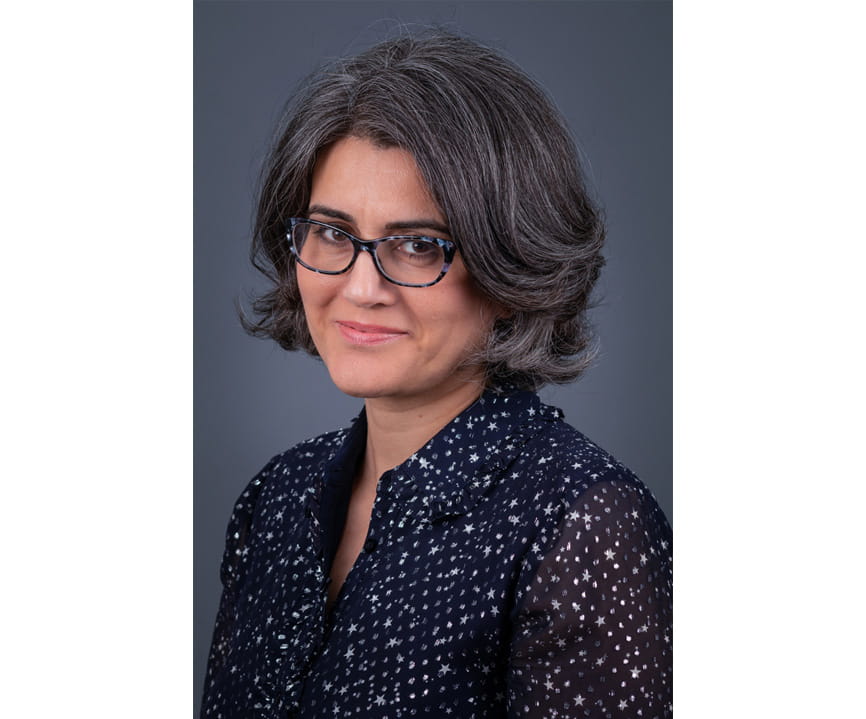
Director Diana Abouali took the helm in 2019.
Courtesy of the Arab American National Museum
Abouali spoke with AramcoWorld about the museum’s evolving mission, its accomplishments and what the next 20 years may hold. This interview has been edited for length and clarity.
What appealed to you about the Arab American National Museum?
It’s a museum of history, a museum of immigration. I’ve spent most of my adult life in the United States, so I was very familiar with American culture and society, and I felt like I was able to understand both the immigrant experience and the first-generation, second-generation perspective as well. The programming and the exploration of what it means to be Arab American I found interesting.
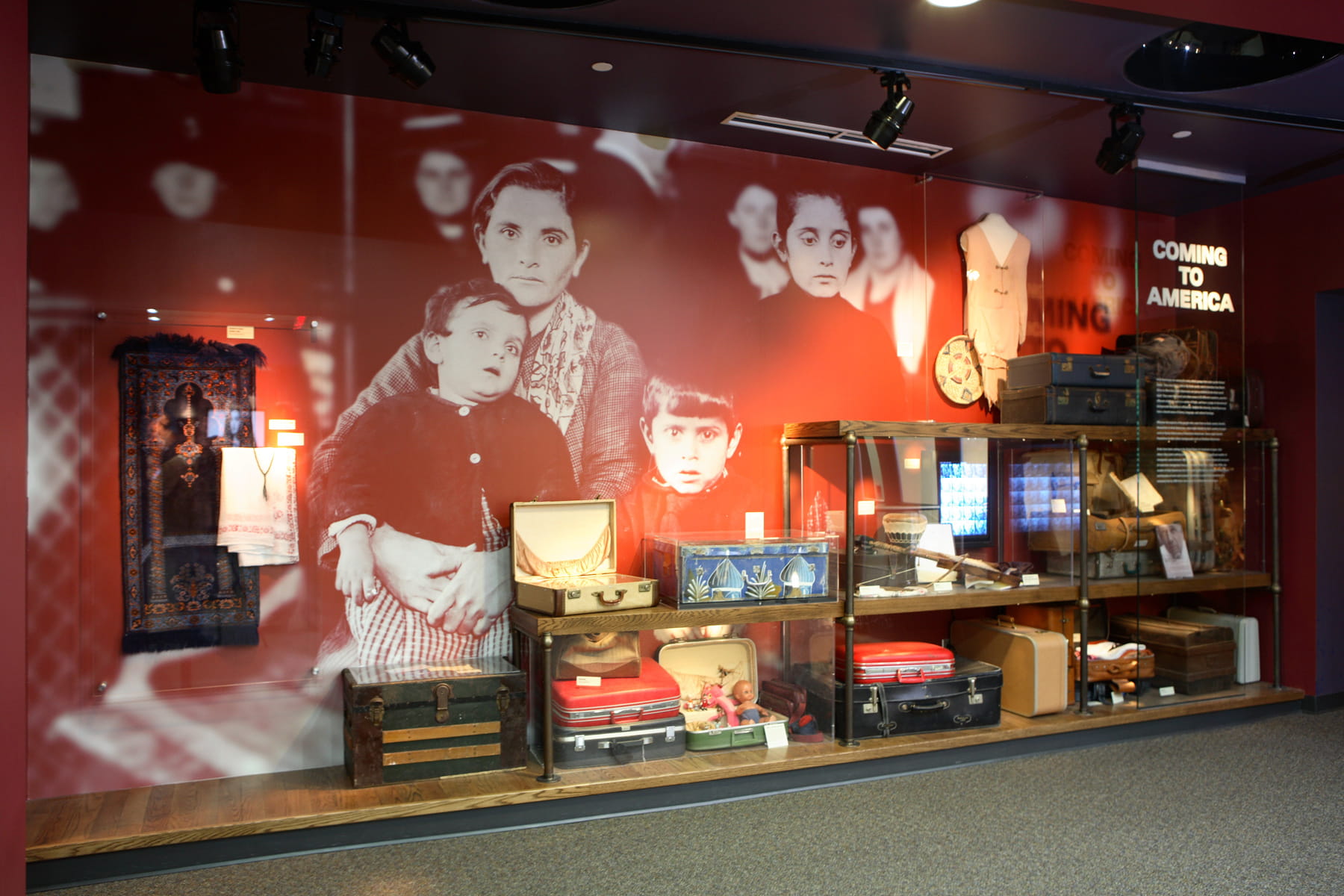
The museum’s permanent exhibitions include “Coming to America,” which tells part of the immigrant story.
Courtesy of the Arab American National Museum
What were the museum’s priorities when you arrived, and how have they changed?
It was primarily set up as an institution that would steward Arab American heritage and share it with the world. One of the primary educational objectives was to educate non-Arabs. Since I’ve gotten here, I think there’s been a maturity in the museum and also in the community in terms of, we’re interested in learning about ourselves and for ourselves. We really now try to make it about producing programming that would be interesting to Arab American audiences.
How are you celebrating the 20th anniversary?
We unveiled a new acquisition. We were bequeathed 13 works of art by [Lebanese American writer and visual artist] Kahlil Gibran. And we are really trying to drive home through some of our events that we think of the museum as a cultural home for all Arab Americans.
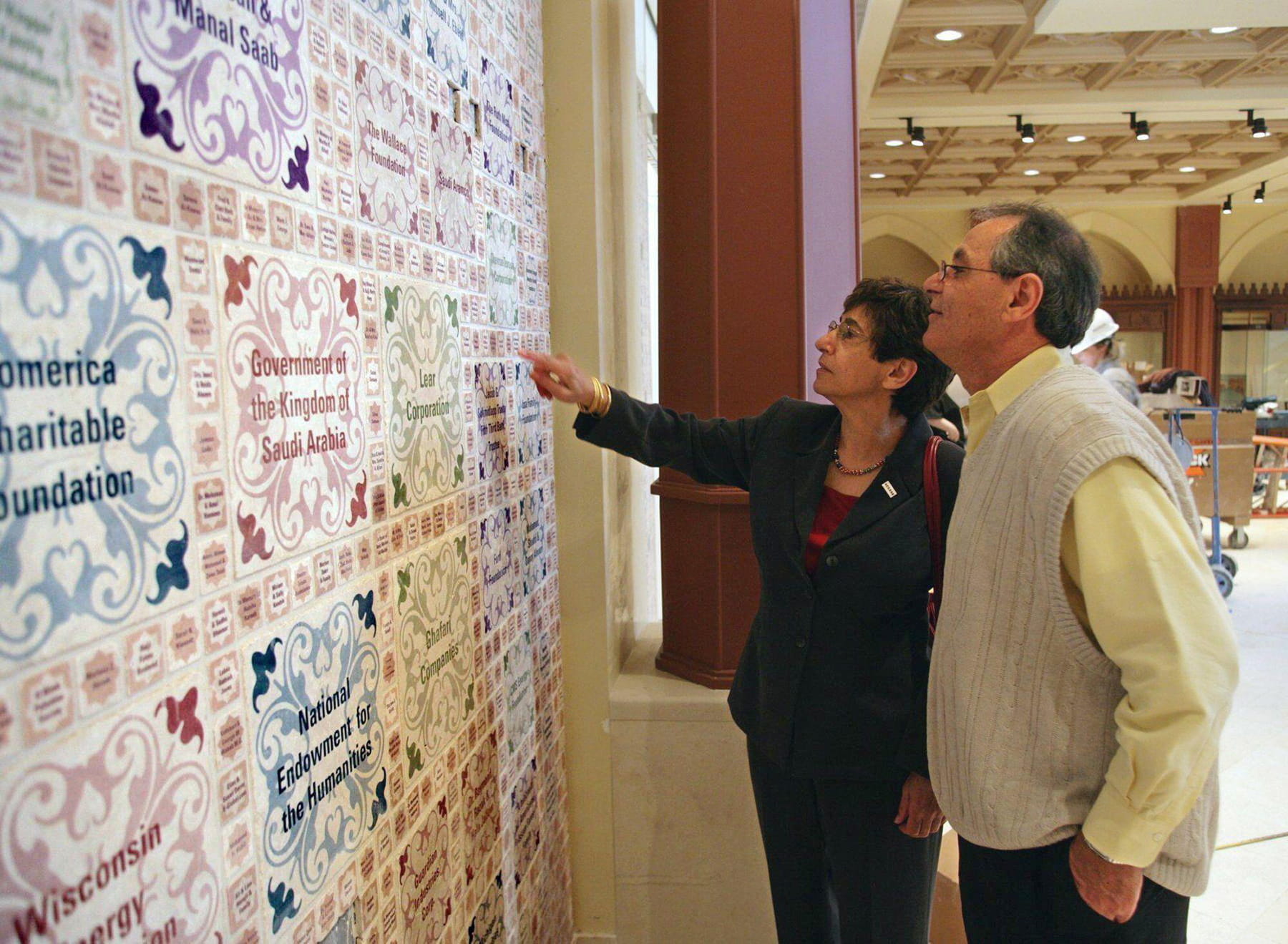
Ahead of the Arab American National Museum’s opening in spring 2005, original Director Anan Ameri and Saad Shafie look for Shafie’s name on a wall commemorating people and organizations that made the museum possible.
Alamy
What accomplishment are you most proud of?
We now have a rooftop heritage garden [Al-Hadiqa] that we’ve worked with the Arab American community in east Dearborn to get plants and seeds for that they brought with them from their homelands. We have cucumber and za’atar [a wild herb in the thyme family] from Palestine, we have tomatoes from Iraq, we have eggplants from Syria, say, and we turned a cement terrace into this lush garden. It was such a great project because we did oral histories with gardeners, and we tried to think about what it means to put down roots, both figuratively and literally, in Dearborn. We have an apprenticeship program on land stewardship that revolves around the garden, and that’s for youth. [The garden is] a great model for community engagement.
The museum speaks to a national audience, but what niche does it fill locally?
We’re a gateway to Dearborn. There’s an Arab characteristic to Dearborn. You have these great restaurants, coffee shops, supermarkets. You can spend the whole day here and not speak a word of English, if you so choose. It’s a unique city in the United States, so people use the museum to learn about the history of the community. They can then continue that exploration outside the walls of the museum down the main thoroughfares in Dearborn.
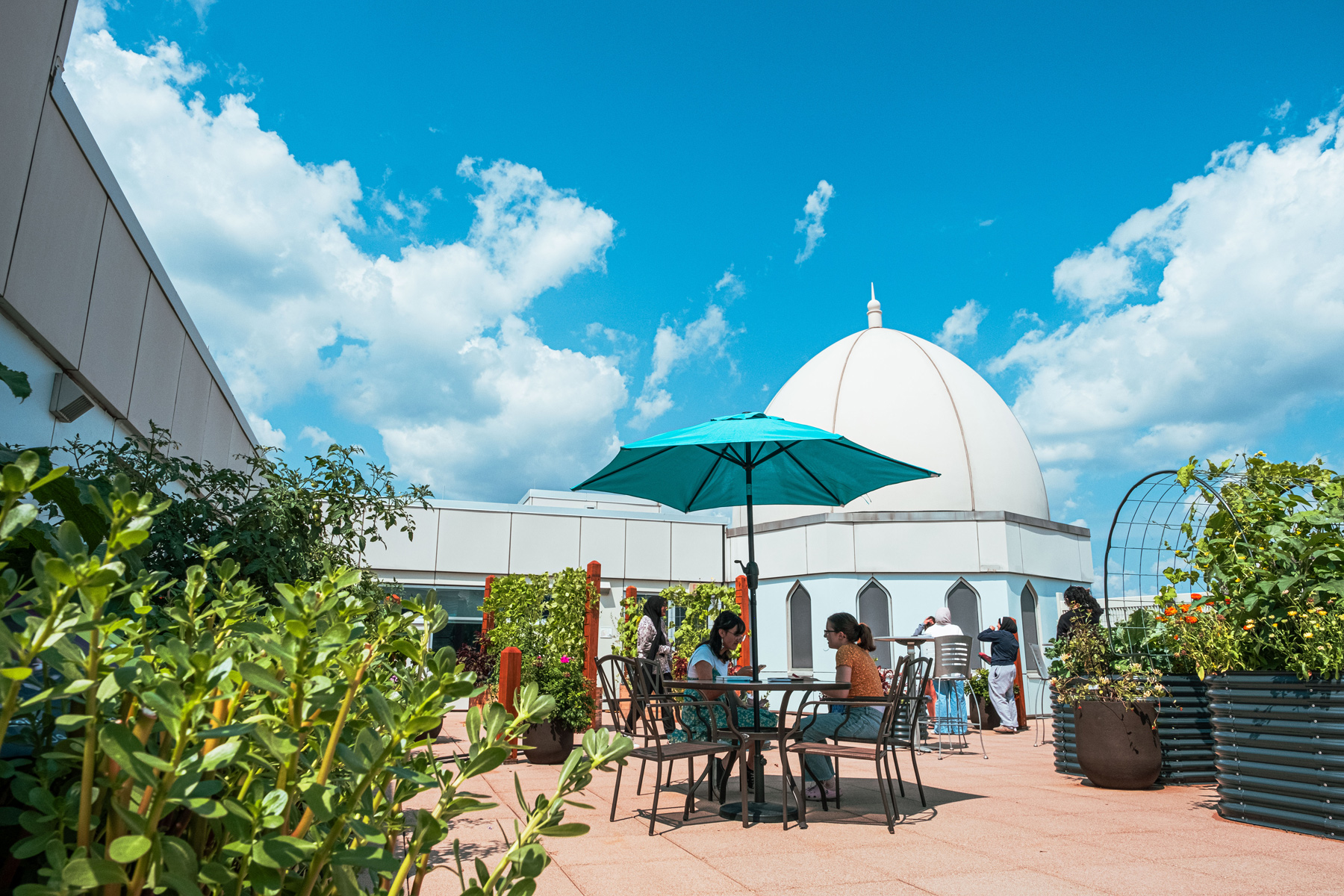
Local gardeners donated seeds and cuttings for planting in Al-Hadiqa: AANM Heritage Garden, the rooftop space where the museum hosts community gatherings.
Courtesy of the Arab American National Museum
What comes next?
We don’t have any Arabic in our exhibits in terms of the labels and the panels [and signage]. That tells me that a first-generation immigrant whose native language is Arabic and whose English is not as strong may not feel as welcome here. We have plans to update our exhibits and include Arabic throughout the museum.
Also, we are reviewing and redoing our core galleries to be a little more representative. The demographics have changed over the past 20 years. If you come to the museum now, it’s very heavy on the Levantine community, and that’s because early Arab immigrants to the United States were predominantly from Bilad al-Sham, greater Syria. Mostly Christian, mostly men. Now you have, at least in Dearborn, a large Yemeni community and Iraqi as well. [Nationally] there’s a large Egyptian community—you see it in New York and New Jersey, and a lot of Palestinians in Chicago. There’s Sudanese, Algerian, Tunisian, Moroccan. So we really want to make sure that we honor the diversity that exists in the Arab American community.
You may also be interested in...

Spotlight on Photography: Drinking in Türkiye’s Coffee Culture
Arts
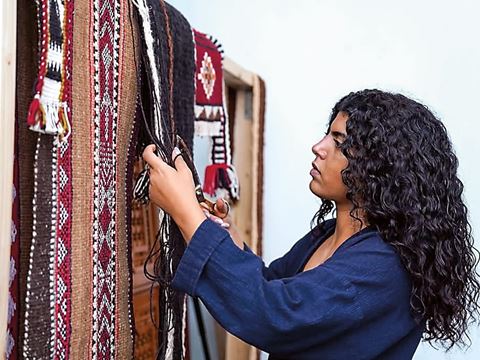
Al Sadu Textile Tradition Weaves Stories of Culture and Identity
Arts
Across the Arabian Gulf, the traditional weaving craft records social heritage.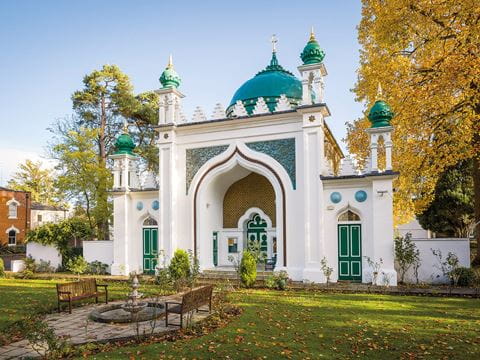
Rediscovering Voices and Stories: A Conversation With the Editors of Muslim Women in Britain
Arts
When Sariya Cheruvallil-Contractor embraced Islam as a teen, she recognized a divide between her faith and its portrayal in some Western media in the 1990s. Determined to challenge stereotypes, she became a sociologist dedicated to what she sees as Islam’s empowering principles for women.
